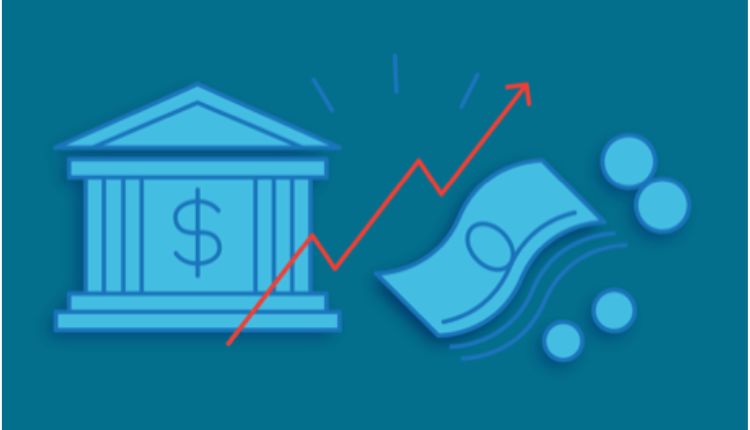The digital lending platform india is a new-age technology that facilitates the process of applying for and disbursing loans. This process eliminates the need for physical interaction with bank officials and helps to reduce documentation time and costs. This industry is regulated by the RBI and the new guidelines for digital lending aim to protect consumers from unfair lending practices. The new guidelines also address privacy concerns and data protection issues.
It Is Convenient
The emergence of digital lending platform india has revolutionized the financial framework for MSMEs and SMEs. These platforms can provide financing to borrowers in just 24 hours, which is much faster than traditional banking processes. They use big data and analytics to assess a borrower’s creditworthiness and offer flexible loan terms to meet their needs.
However, the industry has also faced challenges like high interest rates, hidden fees, and aggressive collection practices. In addition, unauthorized personal data access and exploitation by fringe lenders are a serious concern. The founder of a consumer rights non-profit in India says that the number of complaints against these apps is growing. NBFCs and fintech companies are using technology to evaluate buyers’ creditworthiness with a single click, which can significantly improve the loan approval process. This allows them to deliver a superior customer experience while ensuring great consistency in underwriting decisions. It can also reduce the need for manual processes and help borrowers save time.
It Is Fast
Previously, it took a long time for an applicant to get a loan, but with digital lending platforms in India, the process is quicker and more convenient. These platforms use cutting-edge technology and data analytics to streamline the process and help borrowers save time and money. The first step in the digital lending process is credit scoring, which analyzes a borrower’s financial history to determine his or her creditworthiness. Once this is complete, the platform processes the application and decides whether to approve or reject it. It also evaluates the interest rate and terms of the loan.
In addition to making the lending process faster, digital lending platforms also allow lenders to make a more informed decision. By using advanced technology and close-regulated rules and regulations, these platforms eliminate lender bias and guarantee great consistency in loan approval decisions. They also provide better service to borrowers and offer more competitive rates. Moreover, digital lending platforms help to bring financial inclusion to the underserved segment of society.
It Is Secure
Digital lending offers a safe, convenient and affordable borrowing experience for millennials. While the process is less time-consuming and complex than traditional methods, it also requires a high level of data protection. This is why it’s important to choose an app that complies with government regulations and has robust security mechanisms. Many unauthorised loan apps abuse customers’ trust by imposing high interest rates and aggressive recovery practices. The government is working to combat this by regulating digital lending and implementing stringent privacy rules. Additionally, it’s urging Google Play to blacklist illegal lending apps.
The platform is based on the cloud, with a secure, encrypted connection to data sourcing agencies and credit bureaus. This allows lenders to examine buyers’ credibility with a single click, which speeds up the decision-making process and saves two-thirds of the processing costs. In addition, the platform integrates with a variety of services, including artificial intelligence/machine learning, ChatGPT, and Co-Pilot. As a result, the platform can provide a better user experience while improving its risk-based decision-making.
It Is Affordable
cash management platform are revolutionizing loan procurement and disbursement by reducing paperwork and streamlining the process. They provide an easy and convenient way for borrowers to apply for loans from any internet-working device at any time, regardless of their location. These platforms partner with RBI-registered NBFCs to offer consumer and business loans for individuals and businesses. These digital platforms also leverage big data and analytics to identify borrowers’ credit-worthiness and determine appropriate risk-based lending rates. This enables them to offer better loan products to consumers, especially those in rural areas.
These platforms can even help borrowers avoid the expensive costs associated with traditional lending avenues. They are able to do this by offering affordable EMI options that align with a borrower’s cash flow and repayment schedule. In addition, they can facilitate eStamping and eNACH to reduce paper use and improve compliance. Moreover, they can also automate back-end processes to enable lenders to disburse loans quickly and securely.
Conclusion
Digital lending platform india is transforming the financial framework for MSMEs and SMEs in the country. However, it has to adhere to strict regulatory guidelines and ensure a seamless flow of data. Unauthorised lending apps have been criticised for their high interest rates, aggressive recovery methods and misuse of customer data. Complaints against such lenders have more than doubled in the past year.

